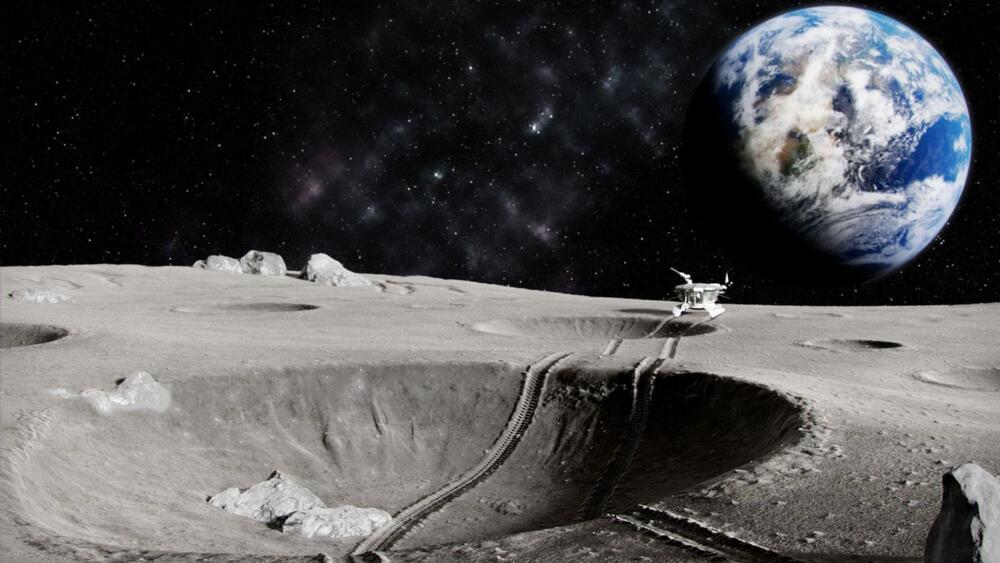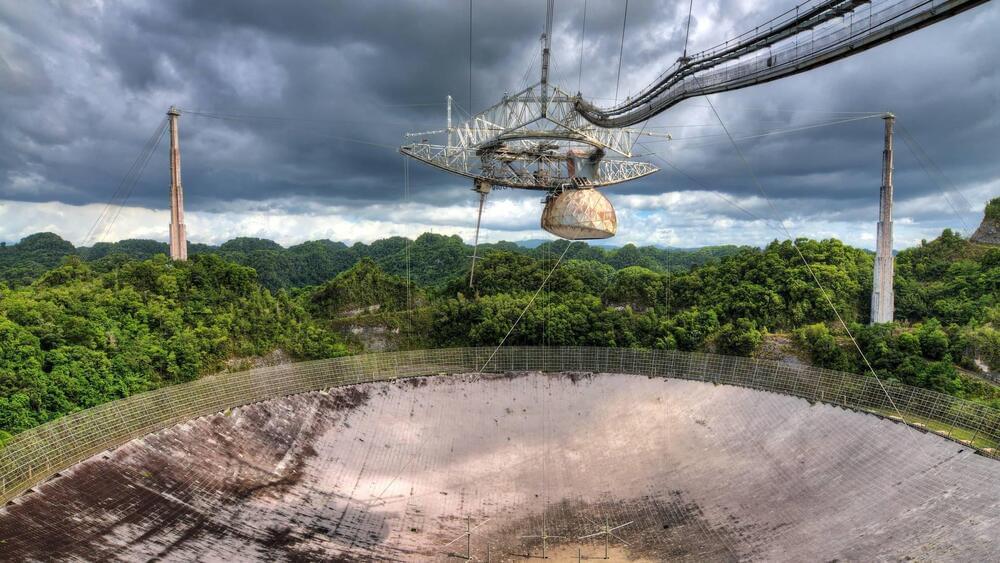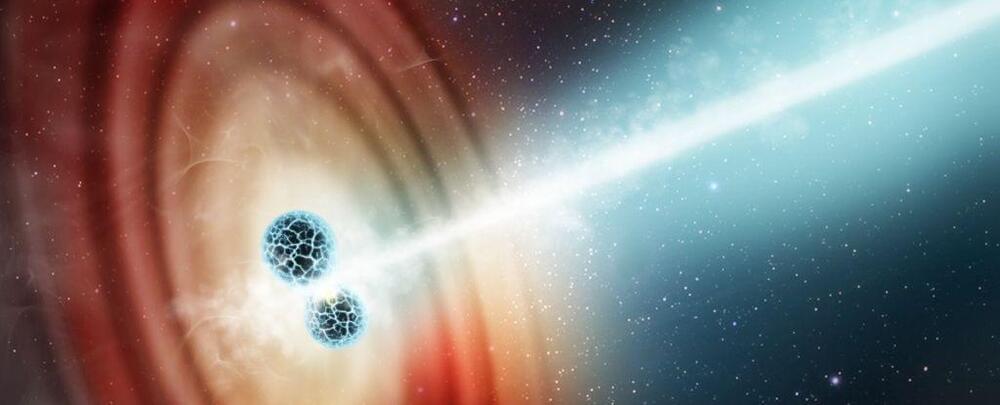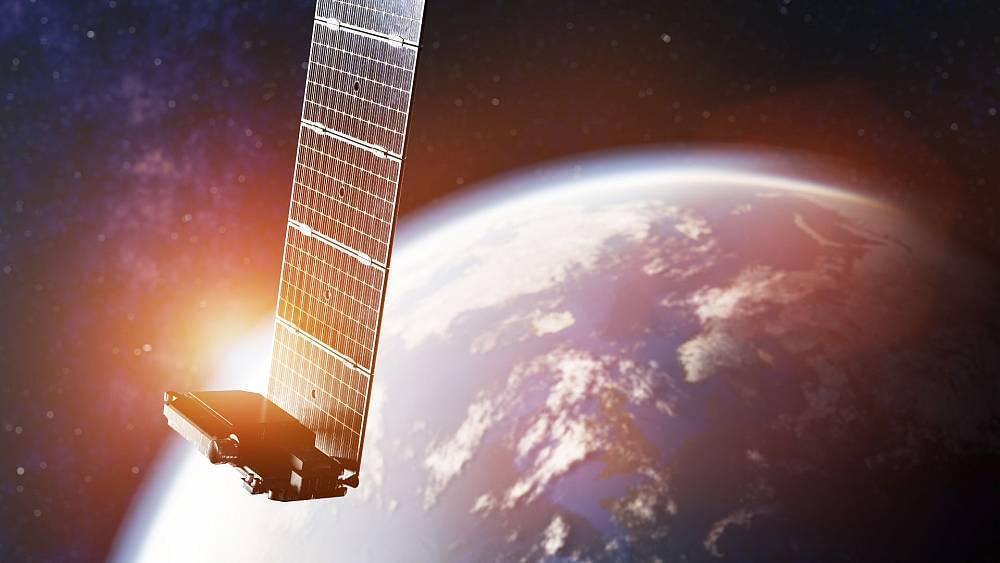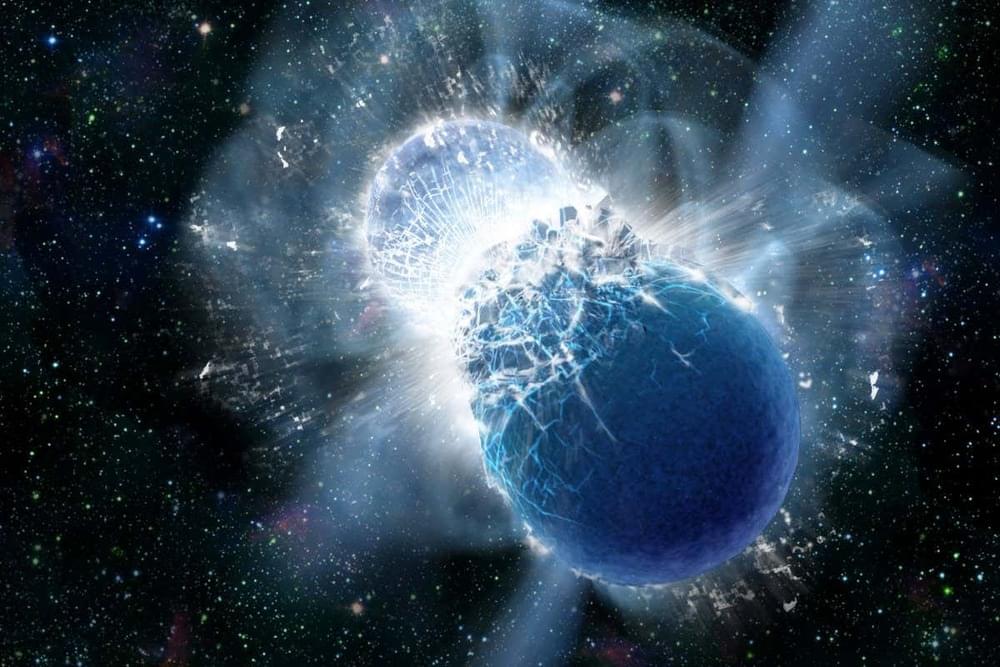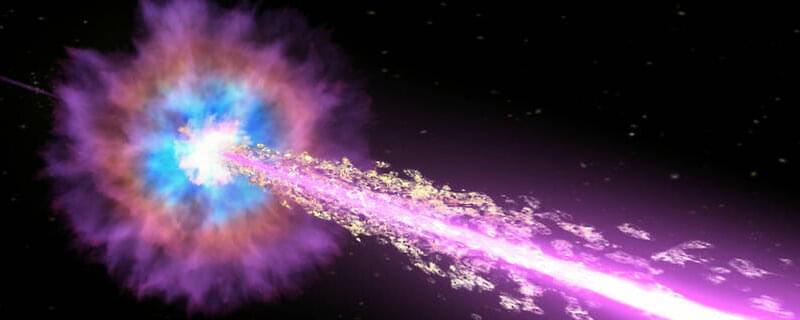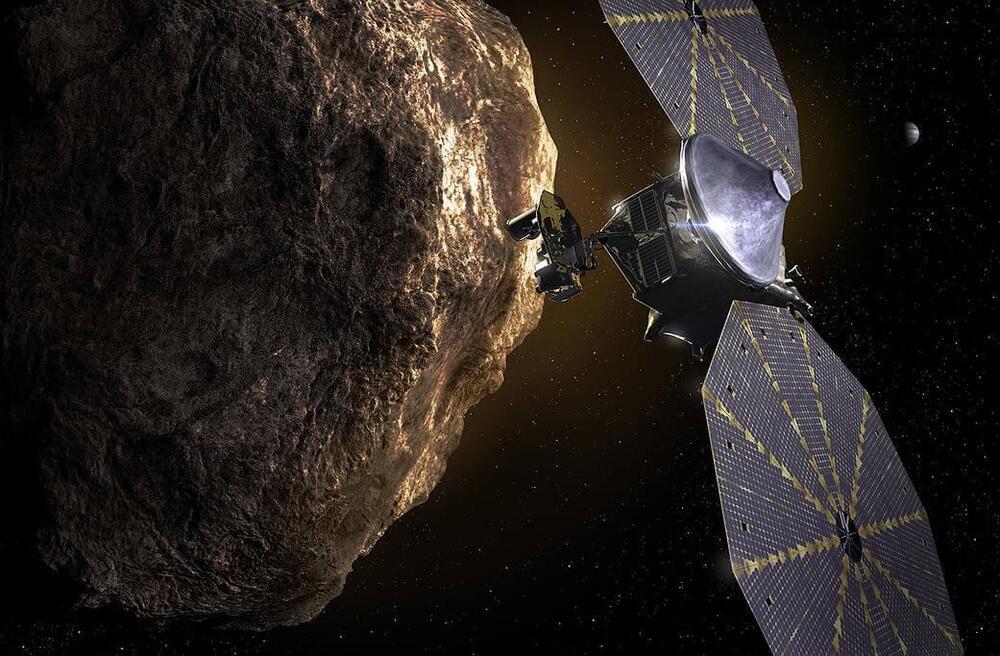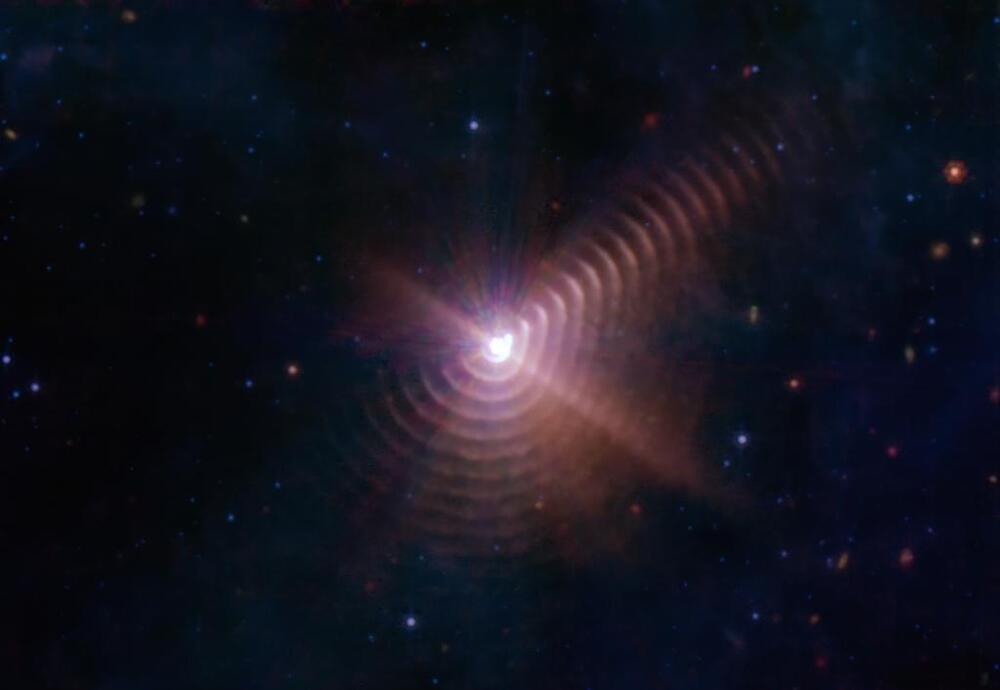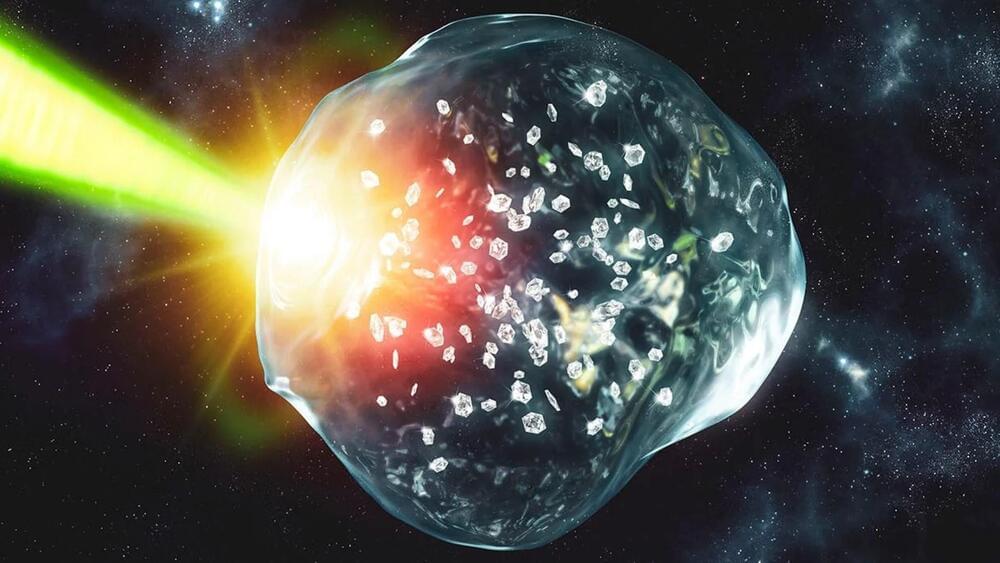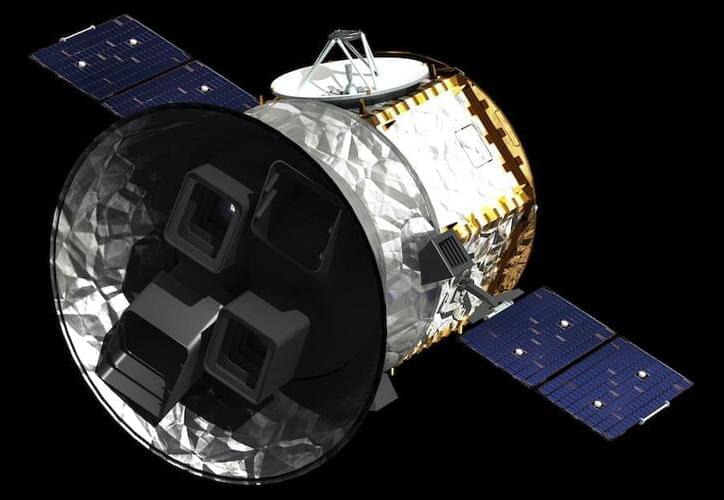Oct 14, 2022
The future of space construction may have just been revolutionized by a new walking robot
Posted by Gemechu Taye in categories: robotics/AI, space, sustainability
The E-Walker has been tried and tested on Earth, but it’s yet to prove itself in space.
Large construction projects in space may be one step closer to reality, thanks to a new walking space robot. Researchers have designed the E-Walker — a state-of-the-art walking robot — to take on the behemoth task of space construction. A robot prototype has already been tested here on Earth by assembling a 25m Large Aperture Space Telescope. The telescope would usually be built in space, which is the E-Walker’s future duty.
Doubling up on its potential duties, a smaller-scale prototype of the same robot has also been created and shows promise for large construction applications on Earth, such as maintenance of wind turbines.
